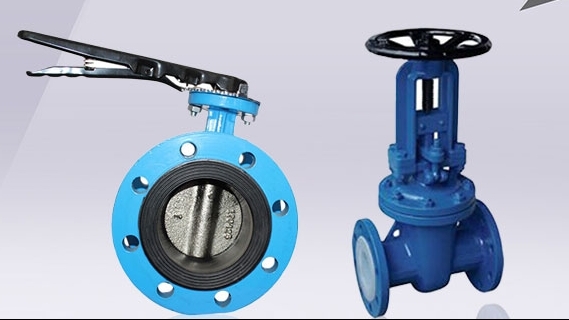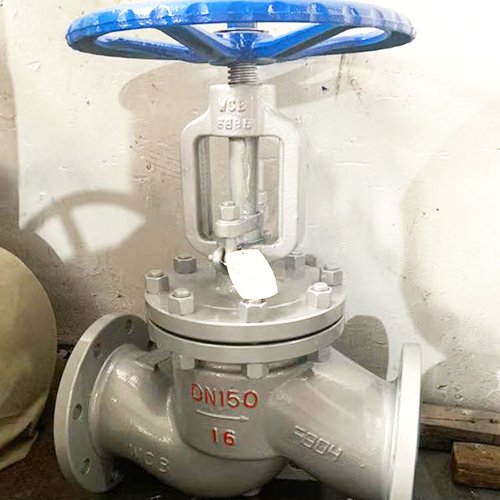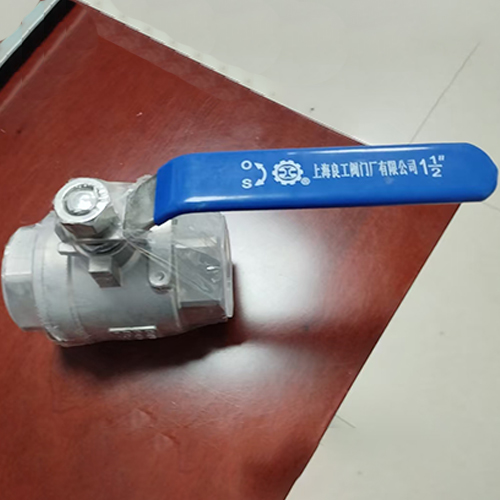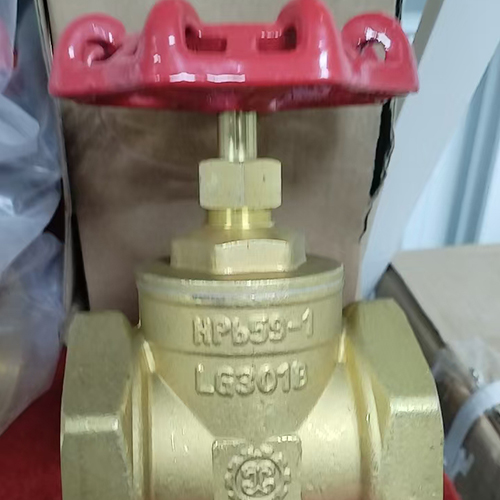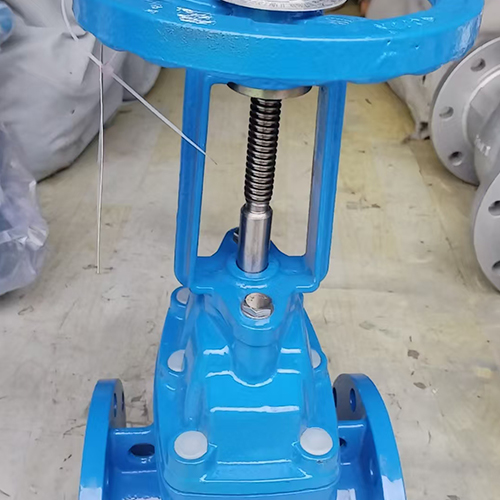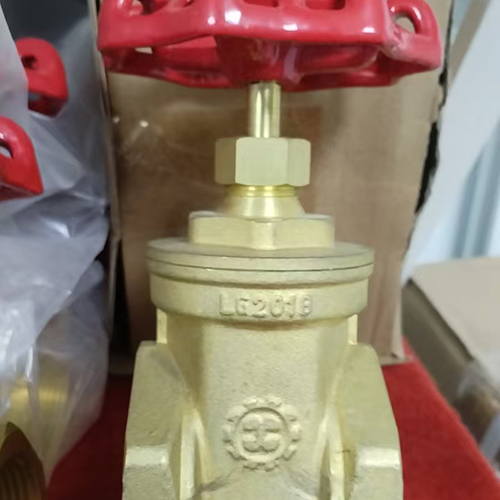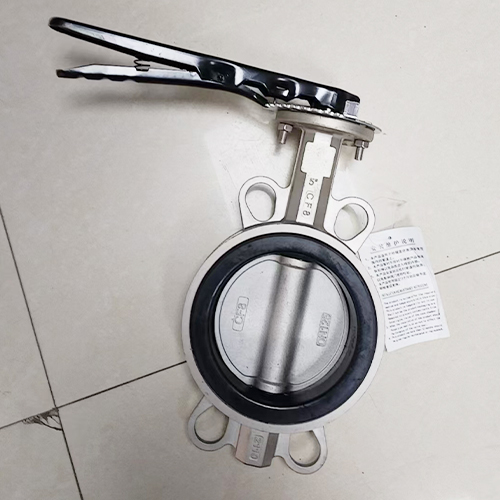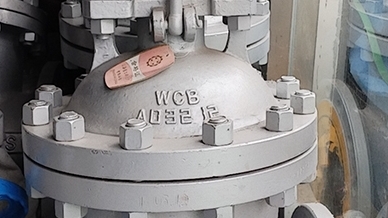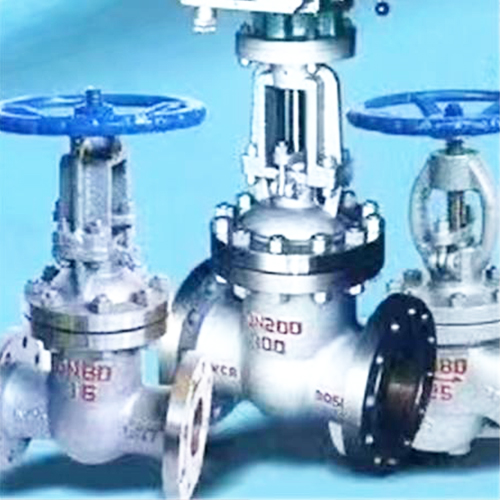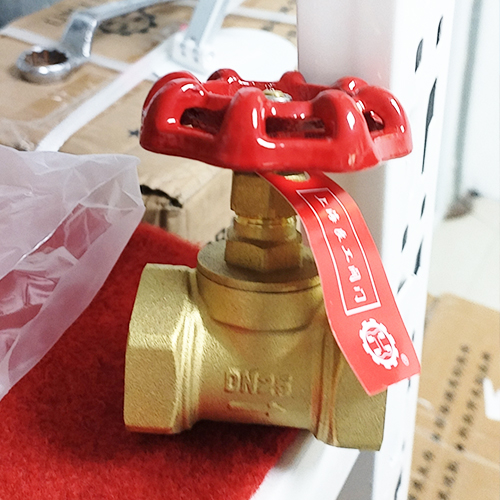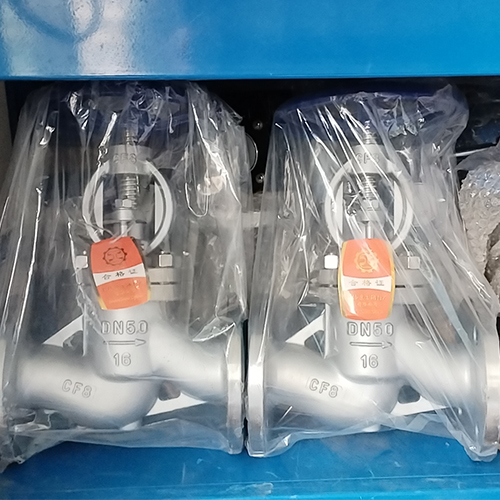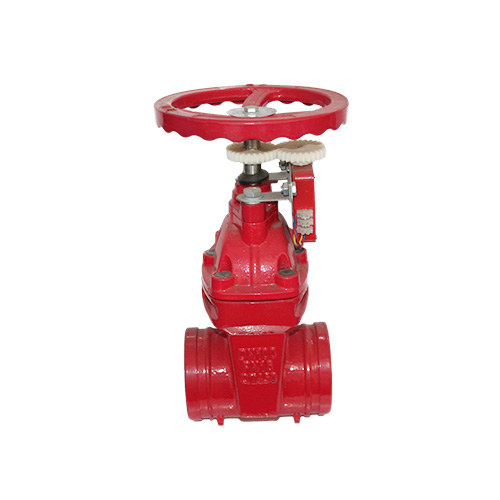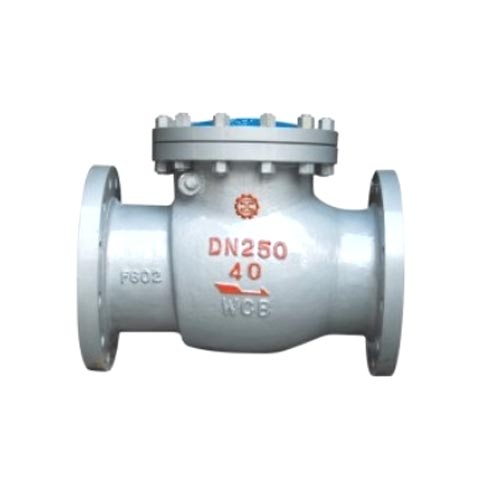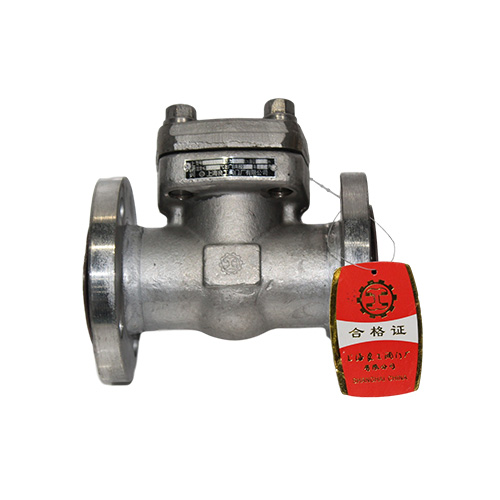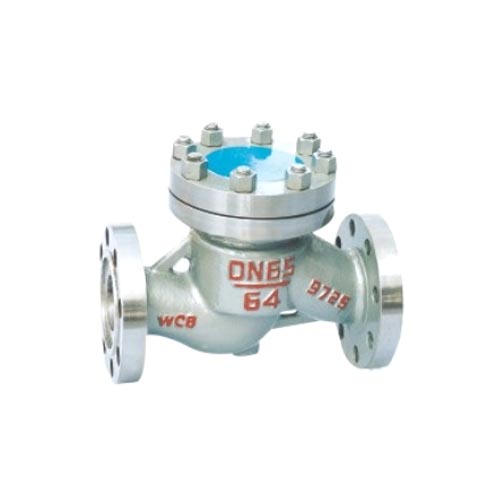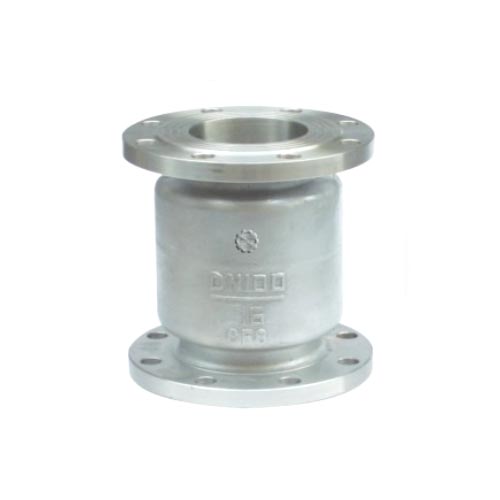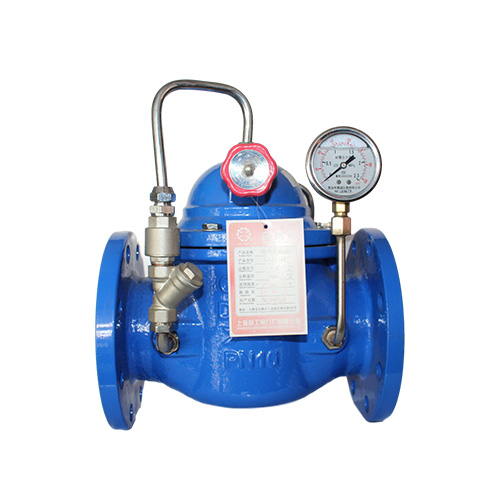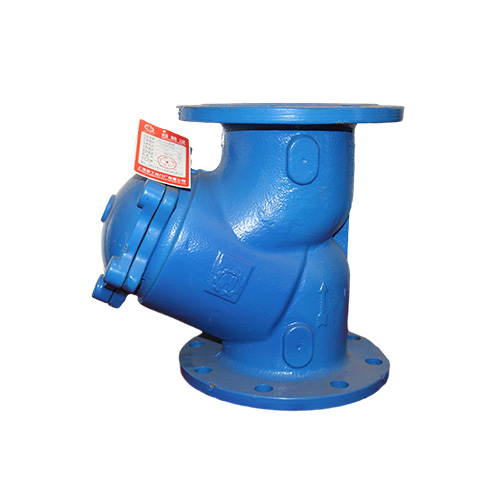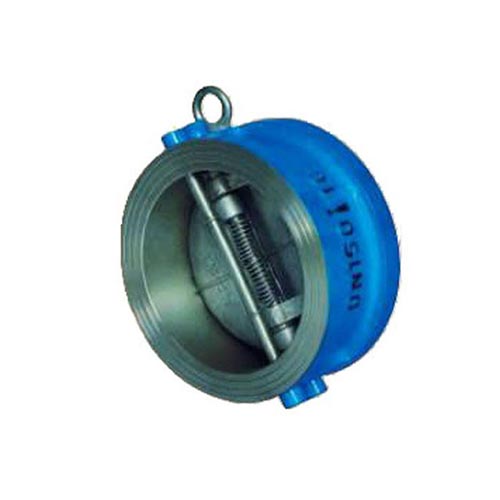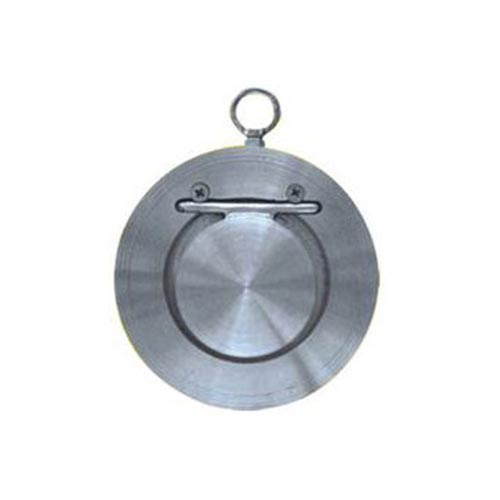1.阀门类型日常应用的阀门大体上可分为手动阀门和止回阀两大类:手动阀门在流体输送系统中主要起截断和接通物流、调节流量、分流的作用。手动阀门按其用途和作用分类:a)阻塞型:截止阀;b)旋转型:球阀、蝶阀、旋塞阀;c)滑动型:闸阀;d)夹紧型:隔膜阀、胶管阀。止回阀是顺流开启、逆流关闭的自动阀门,又称单向阀。
1. Valve types: Valves used in daily applications can generally be divided into two categories: manual valves and check valves. Manual valves mainly play a role in cutting off and connecting logistics, regulating flow, and diverting flow in fluid conveying systems. Manual valves are classified according to their purpose and function: a) Blocking type: globe valve; b) Rotary type: ball valve, butterfly valve, plug valve; c) Sliding type: gate valve; d) Clamping type: diaphragm valve, hose valve. A check valve is an automatic valve that opens in parallel and closes in reverse, also known as a one-way valve.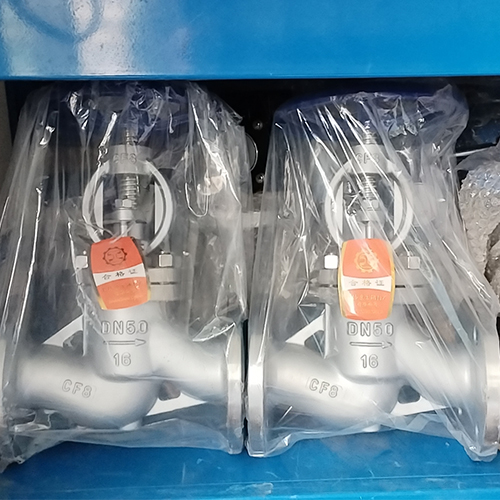
2. 选型原则1)阀门选择要考虑的主要参数有:a)输送的流体性质影响阀型和阀结构材料的选择;b)功能要求(调节还是切断)影响阀型选择;c)操作条件(是否频繁)影响阀型和阀体材料选择;d)流动特性和摩擦损失;e)阀门大小,这可影响阀型选择(很大的阀门只有在有限范围的阀型中才能找到,某种特殊阀型可能买不到尺寸与其相匹配的标准阀门);f ) 其他特殊要求:如快开、自流等。根据上述a)至c),可用下图选定切断阀的基本类型。
2. Selection principle: 1) The main parameters to be considered when selecting a valve include: a) the properties of the fluid being transported affect the selection of valve type and valve structural materials; b) Functional requirements (regulation or cutoff) affect valve type selection; c) The frequency of operating conditions affects the selection of valve type and valve body materials; d) Flow characteristics and frictional losses; e) Valve size, which can affect valve type selection (large valves can only be found in a limited range of valve types, and a certain special valve type may not be available with a standard valve that matches its size); F) Other special requirements: such as quick opening, automatic flow, etc. Based on the above a) to c), the basic type of shut-off valve can be selected using the following diagram.
2)其它因素对阀门选型的影响a)对腐蚀性强、毒性为极度危害、对阀门结构材料的溶解性强、易燃易爆等介质应重点考虑阀门的密封性和耐腐蚀性,必要时可选择隔膜阀;b)系统允许的压力降较小时,应选用流体阻力较小的阀型如闸阀、直通的球阀等;c)要求迅速切断时,宜选用旋塞阀、球阀、蝶阀;d)蝶阀可适用于大流量的调节;e)选用通道为L 形的两通球阀或旋塞阀可同时起到阀门和三通的作用;选用三通球阀或旋塞阀(通道为T形)可起到两个以上直通阀门的作用,简化操作,使切换准确无误,并减少所占空间;f ) 针形阀可用于微量的细调;g)需防止物料倒流时应选用止回阀;h)不同生产过程可以选择有附加功能的阀门,如有带夹套、带排净口和带旁路的阀门,有用于防止固体微粒沉降的带吹气口阀门等;i ) 就地操作的阀门绝大多数用手轮,与操作点有一定距离的,可采用链轮或加长杆,需要时可根据所能提供的能源选择其它动力形式:气动、液压、电动。例如闸阀在公称通径较大的管道中使用时,若两侧压力差较大,开启费力,需采用动力形式;j ) 对于粘性流体,浆液及带有固体颗粒的介质宜选用旋塞阀、球阀或蝶阀。选型时应综合考虑阀门的工艺要求、介质特性、操作温度、操作压力、安全及经济的合理性,作出阀门形式的最后选择。3. 各类阀门的结构和性能特点各种阀门的功能适用性。1)闸阀:启闭件(闸板)由阀杆带动,沿阀座密封面作升降运动的阀门。
2) The influence of other factors on valve selection: a) For media with strong corrosiveness, extreme toxicity, high solubility of valve structural materials, and flammability and explosiveness, the sealing and corrosion resistance of the valve should be given special consideration. If necessary, diaphragm valves can be selected; b) When the pressure drop allowed by the system is small, valve types with lower fluid resistance such as gate valves and straight through ball valves should be selected; c) When rapid cut-off is required, it is advisable to use plug valves, ball valves, and butterfly valves; d) Butterfly valves are suitable for regulating large flow rates; e) Choosing a two-way ball valve or plug valve with an L-shaped channel can simultaneously function as a valve and a three-way valve; Choosing a three-way ball valve or plug valve (with a T-shaped channel) can function as two or more straight through valves, simplify operation, ensure accurate switching, and reduce space occupation; F) Needle valves can be used for fine tuning in small quantities; g) Check valves should be used to prevent material backflow; h) Valves with additional functions can be selected for different production processes, such as valves with jackets, discharge ports, and bypass ports, as well as valves with blowing ports to prevent solid particle settling; The vast majority of valves operated locally use handwheels. For those located at a certain distance from the operating point, chain wheels or extension rods can be used. When needed, other forms of power can be selected based on the available energy: pneumatic, hydraulic, or electric. For example, when a gate valve is used in a pipeline with a larger nominal diameter, if there is a large pressure difference on both sides and it is difficult to open, it needs to be powered; For viscous fluids, slurries, and media with solid particles, plug valves, ball valves, or butterfly valves should be selected. When selecting a valve, the process requirements, medium characteristics, operating temperature, operating pressure, safety, and economic rationality should be comprehensively considered to make the final choice of valve form. 3. The structure and performance characteristics of various types of valves, as well as their functional applicability. 1) Gate valve: A valve whose opening and closing components (gate) are driven by the valve stem and move up and down along the sealing surface of the valve seat.
闸板分为平行式和楔式两种,以后者应用最广。闸阀有明杆和暗杆两种,后者用于DN50以下、低压、无腐蚀性介质的场合。①流体流经闸阀时不改变流向,当闸阀全开时阻力系数几乎是所有阀门中最小的,适用的公称通径范围、压力温度范围宽,与同公称通径的截止阀相比,安装尺寸较小,是石油化工生产装置中用得最多的一种类型。②频繁操作阀门会导致阀座表面过度磨损,因此通常只适用于不频繁操作的情况。③不适用于含固体颗粒的流体。④若流体压力较低,平行式闸阀的阀座力可能不足以在金属-金属阀座间产生满意的密封效果。⑤只有在阀门处于半开和全关之间状态时通过穿过圆形流道的圆盘调节流量,才会取得满意效果。因此通常只用在两位式场合,不适用于需要调节流量的场合。
Gate plates are divided into parallel and wedge types, with the latter being the most widely used. There are two types of gate valves: open stem and concealed stem. The latter is used for applications with DN50 or less, low pressure, and non corrosive media. ① When the fluid flows through the gate valve, the flow direction does not change. When the gate valve is fully opened, the resistance coefficient is almost the smallest among all valves. It is suitable for a wide range of nominal diameters, pressures, and temperatures. Compared with globe valves of the same nominal diameter, it has a smaller installation size and is the most commonly used type in petrochemical production equipment. ② Frequent operation of the valve can cause excessive wear on the valve seat surface, so it is usually only suitable for situations of infrequent operation. ③ Not applicable to fluids containing solid particles. ④ If the fluid pressure is low, the seat force of a parallel gate valve may not be sufficient to produce a satisfactory sealing effect between metal metal seats. ⑤ Only when the valve is in a state between half open and fully closed, can satisfactory results be achieved by adjusting the flow rate through a circular flow channel disc. Therefore, it is usually only used in two position situations and is not suitable for situations where flow needs to be adjusted.
2)截止阀:启闭(阀瓣)内阀杆带动,沿阀座(密封面)轴线作升降运动的阀门。截止阀的阀瓣为盘形阀瓣,节流阀的阀瓣多为圆锥流线型,特别适用于节流,可以改变通道截面积,用以调节流量或压力。①用于调节、切断和流通物流以及频率操作的场合。②耐磨、密封性能可靠,可进行流量的粗调,一般多装在泵出口、调节阀旁路和流量计上游等处。③流体阻力大,开启和关闭所需力矩较大。④截止阀与同公称通径的闸阀相比,结构长度较大,最大公称通径限于DN250。⑤针形阀也是截止阀的一种,是带细微锥形塞子的小口径截止阀。可用于小流量微调或用作取样阀。
2) Globe valve: a valve that is driven by the valve stem inside the opening and closing (valve disc) and moves up and down along the axis of the valve seat (sealing surface). The valve disc of the globe valve is disc-shaped, while the valve disc of the throttle valve is mostly conical and streamlined, especially suitable for throttling. It can change the cross-sectional area of the channel to regulate flow or pressure. ① Used for regulating, cutting off, and circulating logistics and frequency operations. ② Wear resistant and reliable sealing performance, capable of rough flow adjustment, generally installed at pump outlet, regulating valve bypass, and upstream of flow meter. ③ The fluid resistance is high, and a large torque is required for opening and closing. ④ Compared with gate valves of the same nominal diameter, globe valves have a larger structural length, with a maximum nominal diameter limited to DN250. ⑤ Needle valve is also a type of globe valve, which is a small-diameter globe valve with a fine conical plug. Can be used for small flow fine-tuning or as a sampling valve.
3)球阀和旋塞阀:球阀和旋塞阀都是启闭件(球体,塞子)绕垂直于通路的轴线旋转的阀门。①两者功能相似,都是可以迅速启闭的阀门,流体阻力小,适用于经常操作,但不宜经常作调节用。②密封性能好介质流向可任意,适用于粘性流体,浆液及带有固体颗粒的介质。③两者都易于适应多通道结构,使一个阀可获得两个、三个甚至四个不同的流道,以简化管道系统的设计,减少阀门的用量。
3) Ball valves and plug valves: Ball valves and plug valves are valves whose opening and closing components (ball, plug) rotate around an axis perpendicular to the passage. ① Both valves have similar functions and can be quickly opened and closed. They have low fluid resistance and are suitable for frequent operation, but should not be used for frequent regulation. ② Good sealing performance, the flow direction of the medium can be arbitrary, suitable for viscous fluids, slurries, and media with solid particles. ③ Both are easy to adapt to multi-channel structures, allowing one valve to obtain two, three, or even four different flow channels, simplifying pipeline system design and reducing valve usage.
4)蝶阀:启闭件(蝶板)绕固定轴旋转的阀门。①启闭迅速方便,流体阻力小,可以经常操作。②有一定调节功能,可以运送浆体,特别适用于大流量调节,但通常不用在要求泄漏最小的场合。③采用不同的密封圈形式,可以应用在较广的压力和温度范围或中等真空管道。
4) Butterfly valve: a valve whose opening and closing components (butterfly plate) rotate around a fixed axis. ① Quick and convenient opening and closing, low fluid resistance, and can be operated frequently. ② It has a certain adjustment function and can transport slurry, especially suitable for high flow regulation, but it is usually not used in situations where minimal leakage is required. ③ By using different sealing ring forms, it can be applied to a wide range of pressures and temperatures or medium vacuum pipelines.
5)隔膜阀:启闭件(隔膜)由阀杆带动,沿阀杆轴线作升降运动并将动作机构与介质隔开的阀门。①结构简单,易于快速拆卸和维修。②特别适用于粘性流体、浆液和腐蚀性介质。③由于操作机构和介质通路隔开,特别适用于食品和医药卫生工业中的介质以及危险的介质。④不能用于介质压力较高的场合,使用温度取决于隔膜材料的耐温性能,其工作温度范围大的为-50 ℃~175 ℃。
5) Diaphragm valve: A valve whose opening and closing components (diaphragm) are driven by the valve stem, move up and down along the axis of the valve stem, and separate the operating mechanism from the medium. ① The structure is simple, easy to disassemble and repair quickly. ② Especially suitable for viscous fluids, slurries, and corrosive media. ③ Due to the separation between the operating mechanism and the medium pathway, it is particularly suitable for media and hazardous media in the food and pharmaceutical industries. ④ It cannot be used in situations with high medium pressure. The operating temperature depends on the temperature resistance of the diaphragm material, and its working temperature range is from -50 ℃ to 175 ℃.
6)针形阀:启闭件是带细微锥形塞子的小口径截止阀,可分为简单地往下拧,倾斜地往下拧和出口流与主流成直角三种类型。
6) Needle valve: The opening and closing member is a small caliber globe valve with a fine conical plug, which can be divided into three types: simple downward tightening, inclined downward tightening, and outlet flow at a right angle to the main flow.
7) 胶管阀:由挠性管组成伸缩阀体的阀门,该管可机械或借阀体外流体压力夹紧。①适用于腐蚀性介质、浆液、带悬浮颗粒的流体。②结构简单,便于维修。
7) Rubber hose valve: a valve composed of a flexible tube with a telescopic valve body, which can be mechanically or clamped by fluid pressure outside the valve body. ① Suitable for corrosive media, slurries, and fluids with suspended particles. ② The structure is simple and easy to maintain.
8)止回阀:启闭件(阀瓣)借介质作用力,自动阻止介质逆流的阀门。①一般用于防止流体逆向流动。②常用的有旋启式,升降式两种,旋启式应用于大口径管道上,一般安装在水平管道上,也可安装在垂直或倾斜管道上,此时流体应自下而上流动。升降式用于小口径管道,只能安装在水平管道上。③带缓闭装置和阻尼机构的止回阀可利用管路内介质进行缓冲,达到消除或减小在止回阀关闭的瞬间由于压力迅速提高时对管路系统所产生的“水锤”作用,保护管路和防止泵倒流。
8) Check valve: a valve whose opening and closing components (valve disc) automatically prevent the reverse flow of the medium by the force of the medium. ① Generally used to prevent reverse flow of fluids. ② There are two commonly used types: swing type and lift type. Swing type is applied to large-diameter pipelines and is generally installed on horizontal pipelines, but can also be installed on vertical or inclined pipelines. At this time, the fluid should flow from bottom to top. The lifting type is used for small-diameter pipelines and can only be installed on horizontal pipelines. ③ A check valve with a buffering device and damping mechanism can use the medium in the pipeline to buffer and eliminate or reduce the "water hammer" effect on the pipeline system caused by the rapid increase in pressure at the moment of the check valve closing, protecting the pipeline and preventing pump backflow.
9)底阀:安装在泵吸入管端,以保证吸入管内被流体充满的止回阀。
9) Bottom valve: a check valve installed at the end of the pump suction pipe to ensure that the suction pipe is filled with fluid.
10)节流阀:通过启闭件(阀瓣)改变通路截面积,以调节流量、压力的阀门。
10) Throttle valve: a valve that adjusts flow and pressure by changing the cross-sectional area of the passage through an opening and closing element (valve disc).
4. 阀门材料的选择对于高温工况的阀门,常用的有A217-WC6(铸件)、A182-F11(锻件)和A217-WC9(铸件)、A182-F22(锻件)。由于WC9、F22属于2-1/4Cr-1Mo系列,相比属于1-1/4Cr-1/2Mo系列的WC6、F11含有更高的Cr、Mo,所以具有更好的抗高温蠕变性能。1) 对于小口径(DN≤40)一般选用锻件,大口径(DN>40)一般选用铸件。锻件阀体的端法兰,应该优先选择整体锻制阀体,如果法兰是焊接在阀体上,则对焊缝应该进行100%射线检验。2)对焊和承插焊碳钢阀体的含碳量应不大于0.25%,并且碳当量应不大于0.45%。3) 常用材料的选取:注:当奥氏体不锈钢工作温度超过425℃时,含碳量不应小于0.04%,热处理状态为大于1040℃快冷(CF8)和1100℃快冷(CF8M)。4) 当流体腐蚀性强,普通奥氏体不锈钢不能使用时,应考虑一些特种材料,如904L、双相钢(如S31803等)、蒙乃尔和哈氏合金等。
4. Selection of Valve Materials For valves operating under high temperature conditions, commonly used ones include A217-WC6 (castings), A182-F11 (forgings), and A217-WC9 (castings), A182-F22 (forgings). Due to the fact that WC9 and F22 belong to the 2-1/4Cr-1Mo series, WC6 and F11, which belong to the 1-1/4Cr-1/2Mo series, contain higher levels of Cr and Mo, thus exhibiting better high-temperature creep resistance. 1) For small diameters (DN ≤ 40), forgings are generally used, while for large diameters (DN>40), castings are generally used. The end flange of the forged valve body should prioritize the overall forged valve body. If the flange is welded to the valve body, the weld seam should undergo 100% radiographic inspection. 2) The carbon content of butt welded and socket welded carbon steel valve bodies should not exceed 0.25%, and the carbon equivalent should not exceed 0.45%. 3) Selection of commonly used materials: Note: When the working temperature of austenitic stainless steel exceeds 425 ℃, the carbon content should not be less than 0.04%, and the heat treatment state should be greater than 1040 ℃ rapid cooling (CF8) and 1100 ℃ rapid cooling (CF8M). 4) When the fluid corrosiveness is strong and ordinary austenitic stainless steel cannot be used, special materials such as 904L, duplex steel (such as S31803), Monel and Hastelloy alloys should be considered.
5. 阀门内件材料内件主要是指阀门关闭件的密封面和阀杆、衬套(上密封座),在国外常以trim表示内件。内件材料的选用原则是根据主体材料的情况、介质特性、结构特点以及零件所起的作用、受力情况综合考虑的。对于常规的通用阀门在标准已规定了内件材料或规定了几种材料由设计者根据具体情况选用。对于一些有特殊要求的阀门,如高温、高压、介质有腐蚀等工况条件,则需按工况条件选择内件材料。常用阀门内件材料的组合
5. The material of valve internals mainly refers to the sealing surface, valve stem, and liner (upper sealing seat) of the valve closing element. In foreign countries, trim is often used to represent internals. The selection principle of internal materials is based on the condition of the main material, the characteristics of the medium, the structural features, as well as the role and stress situation of the parts. For conventional universal valves, the standard has specified the internal material or several materials to be selected by the designer according to specific circumstances. For valves with special requirements, such as high temperature, high pressure, and corrosive media, the internal material should be selected according to the operating conditions. Combination of commonly used valve internals materials
6. 阀门的软密封材料软密封的密封性一般都能达到很高,而硬密封则要根据要求可高可低;软密封需要防火,因为在高温下,软密封的材质会出现泄漏,而硬密封则没这个问题;硬密封一般可以做到很高的压力,软密封则不行;软密封由于所流介质的问题,有些场合是不能用的(比如一些腐蚀性介质);最后硬密封阀门一般比软密封的贵。软、硬密封球阀选用主要依据工艺介质,温度及压力,一般介质含有固体颗粒或具有磨损或温度高于200度最好选用硬密封的,口径大于50阀门压差较大还考虑开启阀门力矩大小,力矩较大时应选用固定硬密封球阀,无论软硬密封其密封等级都可以达到6级。
6. Soft sealing materials for valves generally have high sealing performance, while hard seals can be adjusted according to requirements; Soft seals need to be fire-resistant because at high temperatures, the material of the soft seal may leak, while hard seals do not have this problem; Hard seals can generally achieve high pressure, while soft seals cannot; Soft seals cannot be used in some situations due to the problem of the flowing medium (such as some corrosive media); Hard sealed valves are generally more expensive than soft sealed ones. The selection of soft and hard sealed ball valves is mainly based on the process medium, temperature, and pressure. Generally, if the medium contains solid particles or has wear or temperature higher than 200 degrees, it is best to choose hard sealed valves. If the diameter is greater than 50 and the pressure difference is large, the opening torque of the valve should also be considered. When the torque is large, a fixed hard sealed ball valve should be selected. Regardless of whether it is soft or hard sealed, its sealing level can reach level 6.
本文由 良工阀门 友情奉献.更多有关的知识请点击 http://www.jnlgvf.com/ 真诚的态度.为您提供为全面的服务.更多有关的知识我们将会陆续向大家奉献.敬请期待.
This article is a friendly contribution from Lianggong Valve For more related knowledge, please click http://www.jnlgvf.com/ Sincere attitude To provide you with comprehensive services We will gradually contribute more relevant knowledge to everyone Coming soon.
 企业公告:
企业公告:

